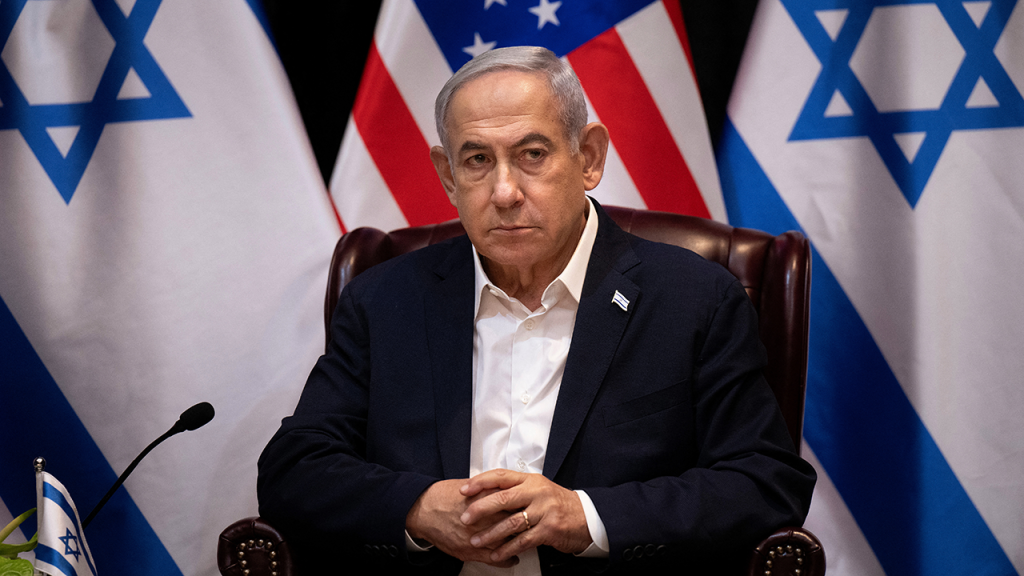By Bafana Phalane
The world is entering a new era of economic warfare, but it is cloaked in the language of tariffs, trade, and treaties. The U.S. President Donald Trump’s approach to global economics is not simply a matter of balancing trade deficits, it is a geopolitical strategy aimed at reshaping the world order. Central to this strategy is his use of punitive tariffs, such as the eye-popping 140% tariffs on Chinese goods, and the contrasting 90-day tariff pause for other nations, which acts as a window of opportunity, a carrot dangled to forge strategic alliances that could redirect global trade flows and isolate China. In this grand strategy, India has emerged as a possible linchpin (a swing state in the global trade war), one that could tip the balance of power.
This is not just about economics. It is a battle for global influence, power, and ideological dominance. In the absence of traditional warfare, trade wars are the new frontlines. And India, with its unique positioning, has become the most sought-after ally in this modern conflict.
Donald Trump’s economic nationalism, characterized by aggressive tariffs, aims to protect American industries while undermining the dominance of rivals primarily China. However, the method is more sophisticated than brute force. The punitive tariffs on Chinese imports serve as a stick, designed to hurt China’s export-driven economy and force concessions. On the other hand, Trump’s temporary pauses on tariffs for other nations offer a carrot, an incentive to join the U.S. in restructuring the global supply chain, away from China.
This dual strategy isn’t just economic it is deeply geopolitical. It seeks to break existing blocs, realign alliances, and redraw global trade routes. Europe, traditionally a close U.S. ally, finds itself disoriented and economically pressured. French President Emmanuel Macron recently warned that the European Union faces $59 billion in annual tariffs from Washington, an amount that nearly equals three years of U.S. military aid to Ukraine. This kind of economic pressure undermines the unity and confidence of the Western bloc, making room for new alignments.
With Europe wavering and Southeast Asia cautious about taking sides, Trump is reportedly turning toward India as the crucial player in his global economic playbook. And for good reason. India is the only major economy that is large enough, independent enough from the U.S., and skeptical enough of China to act as both a partner and a pivot.
India’s domestic economic policy already reflects a self-reliant, protectionist instinct that aligns surprisingly well with Trump’s trade doctrine. New Delhi has rejected several major Chinese investment proposals, including a high-profile $1 billion electric vehicle plant from China’s BYD, according to Bloomberg. The country also maintains steep import tariffs, 100% on fully assembled cars, among the highest globally. This protects local champions like Tata Motors and Mahindra & Mahindra, reinforcing the “Make in India” vision.
Further, India is tightening its scrutiny of trade routes through neighbouring regions such as Sri Lanka, Oman, and the UAE, to prevent Chinese goods from sneaking into its markets via backdoor channels. These moves reflect a growing distrust of Beijing’s intentions and a desire to distance India from China’s economic orbit. Trump’s White House insiders have suggested that trade negotiations with India are progressing more rapidly than with other countries, due to these shared concerns and India’s relatively lower exposure to U.S. tariffs.
If these trends continue, India could become the cornerstone of a new U.S.-led economic order, acting as both a counterweight to China and a conduit for rerouted global supply chains. But that raises a critical question, what does this mean for BRICS?
India is a founding member of BRICS, a bloc originally envisioned as a collective economic and geopolitical force to counterbalance Western dominance. Over the years, BRICS has sought to create alternatives to Western-led financial institutions, to de-dollarize trade, and to present a united front against unilateral actions by the West. But the current trajectory, with India increasingly seen as tilting toward the U.S., threatens this fragile unity.
Should the BRICS countries be worried? The answer is yes, and not just because of ideological purity. If Trump successfully courts India into a closer economic alliance, it could destabilize the internal dynamics of BRICS. A BRICS where India aligns with Trump while Russia and China remain adversaries of Washington becomes a bloc without ideological cohesion. It becomes a grouping of nations with conflicting allegiances, undermining the very idea of a multipolar world.
More importantly, such an internal fracture could delay or derail key BRICS initiatives, such as the development of a common BRICS currency, the expansion of BRICS banks, and joint infrastructure projects. These are not just economic goals, they are geopolitical counterweights to the West. If India is perceived as leaning toward Trump, it becomes a potential Trojan horse within BRICS, weakening the bloc from the inside.
This is where the stakes become truly global. Trump’s strategy is not limited to reining in China. It is part of a broader attempt by the developed world to reassert control over the Global South, especially at a time when traditional Western alliances are fraying. With Europe economically constrained and politically fragmented, Washington is looking southward, for new allies, new markets, and new footholds.
And that’s where BRICS and the Global South must remain vigilant. Trump’s use of trade policy as a geopolitical lever is a masterclass in soft aggression. Instead of invading countries or imposing sanctions, he uses tariffs, deals, and economic pressure to reshape the world. But the desperation of the West to remain dominant will drive them to the Global South, waving promises of investment and access, while working behind the scenes to weaken emerging alliances like BRICS.
The question then becomes: Can the Global South recognize this strategy and respond with unity and clarity? Can BRICS resist the temptation of individual deals and instead push for a collective approach to global trade and geopolitics?
We are living in unprecedented times. Before Trump, the global economic trajectory was relatively clear. BRICS was on the rise, challenging the dominance of the West. But Trump has thrown that order into disarray. With Europe destabilized by tariffs and China increasingly isolated, India now finds itself at a historic crossroads.
It has the opportunity to become the pivotal nation in a new global trade architecture, but at what cost? Aligning with Trump may bring short-term economic advantages, but it could also unravel India’s role within BRICS and undermine the bloc’s long-term vision of a fair, multipolar world.
If BRICS is to succeed in offering an alternative to Western hegemony, it must present a united front. It cannot afford ideological or strategic drift. India, as one of its core members, must weigh its options carefully. The path forward will require balancing national interests with broader geopolitical responsibilities.
Trump’s tariffs are more than economic measures, they are tools of global realignment. The developing world must recognize the strategy behind the stick and the carrot, and respond not as isolated states, but as a collective force for equity, independence, and balance in the international order.
The time for complacency is over. The trade wars have begun, and the Global South must choose its position wisely.
Bafana Phalane: Founder & Editor @ Maverick Point








13 thoughts on “Geopolitics Disguised as Trade: Trump, India, and the Future of BRICS”